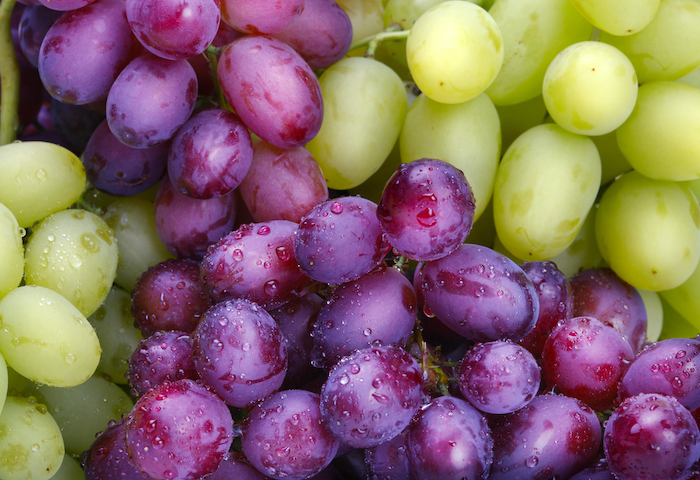
During the National Agricultural Fair 2025, the Minister of Agriculture of the Dominican Republic, Limber Cruz, said the country will begin exporting table grapes to the United States starting this week.
He told the local press that “two trucks will leave Guayubín and other areas of Montecristi, as part of introducing new crops to the productive innovation applied by this institution.”
On Thursday, April 3, a field day will be held, during which the first containers of table grapes destined for the United States will be sealed.
“All this has happened in this management because a company came to us and invited us to investigate the important points in the Dominican Republic where we could produce quality grapes, seedless table grapes,” said Cruz.
Authorities of the Dominican Ministry of Agriculture have carried out several field tests to identify strategic areas for the production of table grapes for local consumption and export. So far, between 10-12 places have been identified.
Freshfruitportal.com recently reported that the ministry launched a support program for farmers and agricultural organizations interested in growing table grapes four years ago.
The training course - including a BLOOM FRESH technician who taught one of the classes - provided a select group with knowledge of the growing process and opportunities to establish contacts with organizations that produce high-quality table grapes and technicians who could help bring the fruit to the island.
After several discussions, the company agreed to establish trial plantings of its varieties in Baní and San Juan to test their compatibility with the country's climate and soil. Three commercial varieties were introduced: Sweet Globe, Timpson, and Allison.
This year, the country will begin to see the benefits. The first harvest of commercial grapes is scheduled for April, and a trial shipment will be sent to the United States shortly thereafter.
Rafael Ortiz, agronomist and deputy minister in charge of scientific and technological affairs at the Ministry of Agriculture, said that grapes had been grown in his country for a long time. Still, the planted varieties were old, including a Greek variety that is no longer marketed.
“The country lacked adequate technology to achieve the yields needed for commercial production, and the variety we had was no longer viable,” Ortiz said at the time.
To avoid repeating past mistakes, two technicians - one from Brazil and one from Chile - are supervising the two main plantations: 30 hectares in San Juan de la Maguana and 20 hectares in Montecristi.
“The results have surprised the technicians brought by the owners after visiting Peru,” Ortiz added.
The primary production season for Dominican table grapes runs from March to July.
At the event, the minister also explained that the country has signed cooperation agreements with its counterparts in Italy, who will provide seedlings and seeds of up to 24 different fruits, including blueberries, for the country to explore its production and export potential.
The first edition of GrapeTech will be held on June 18 at the Casino Monticello Event Center. The event, organized by UvaNova and Yentzen Group, will be the most important technical event on table grapes in Chile and will bring together world experts to provide technical aspects that allow the growth of the industry, such as post-harvest issues, crop management, analysis of new varieties and nutrition, among others. More information at events@yentzengroup.com or visit www.grapetechconvention.com